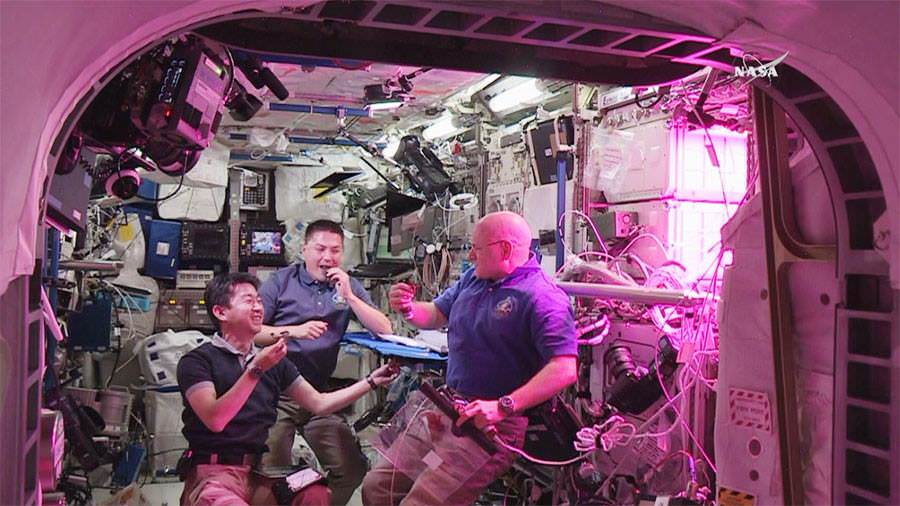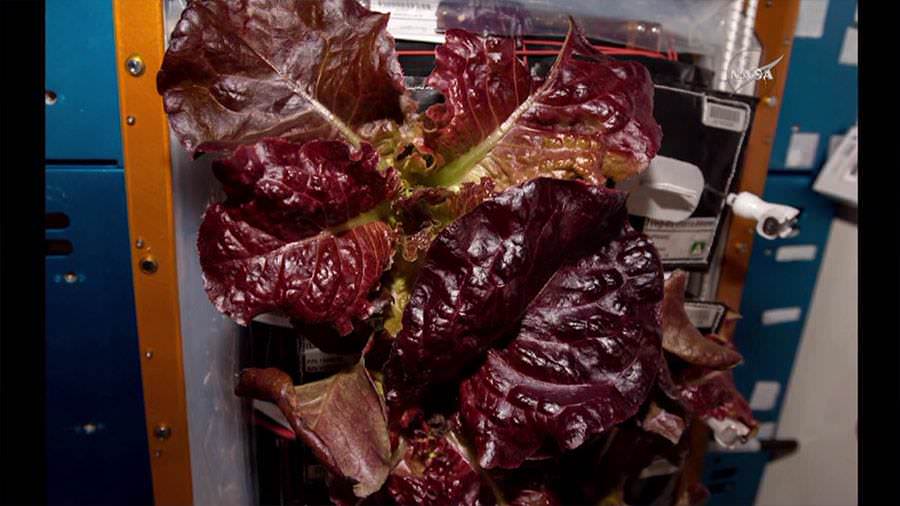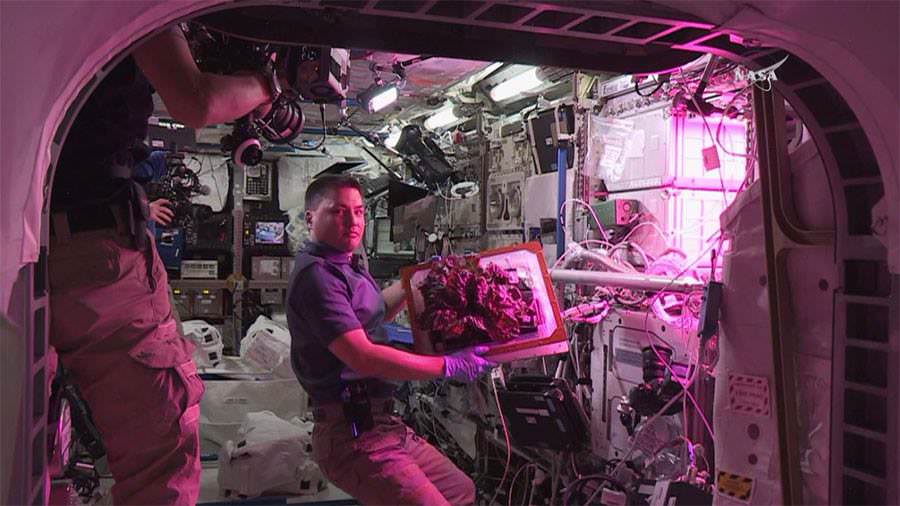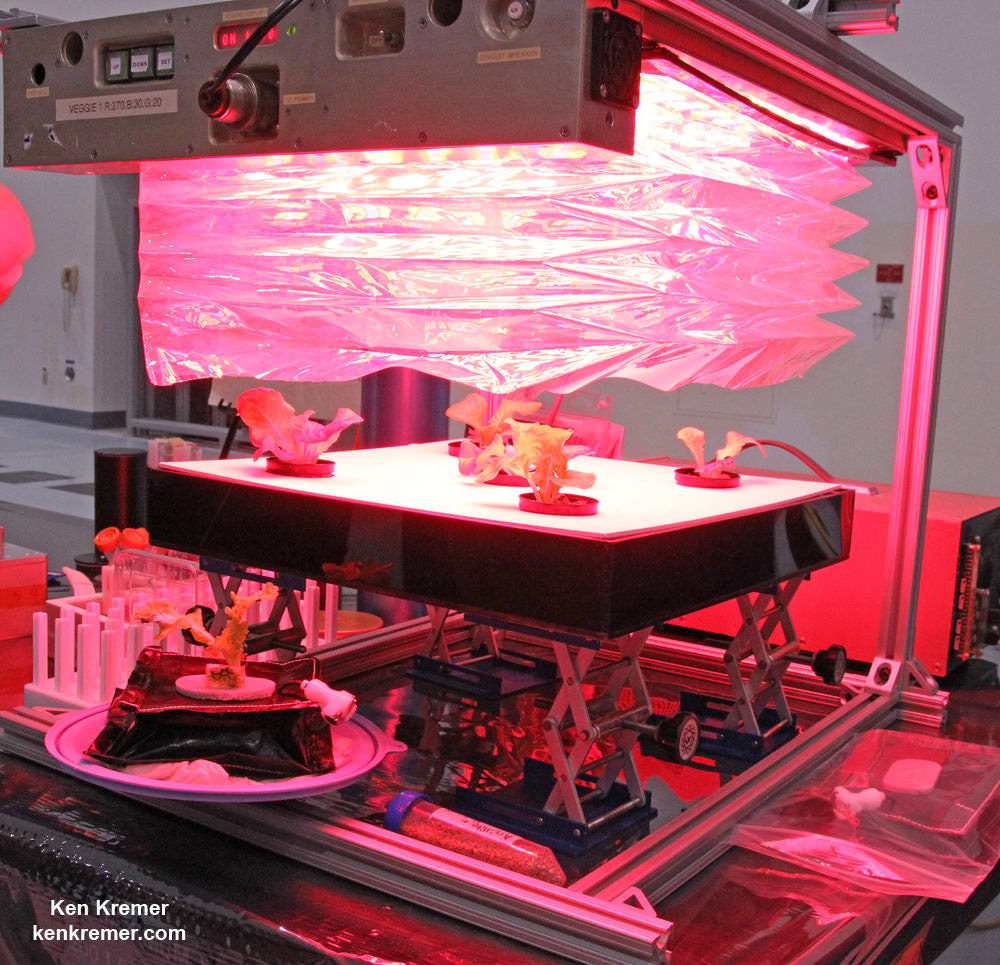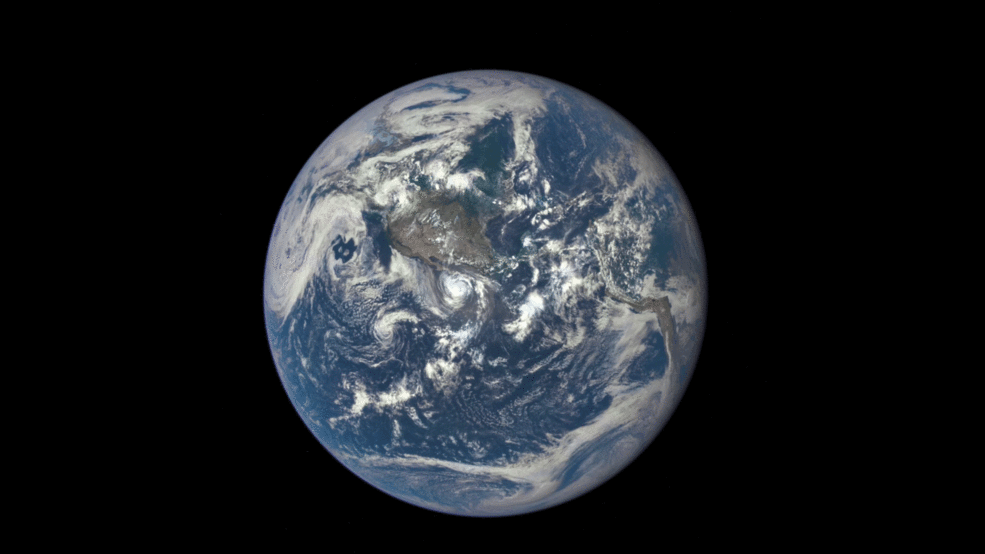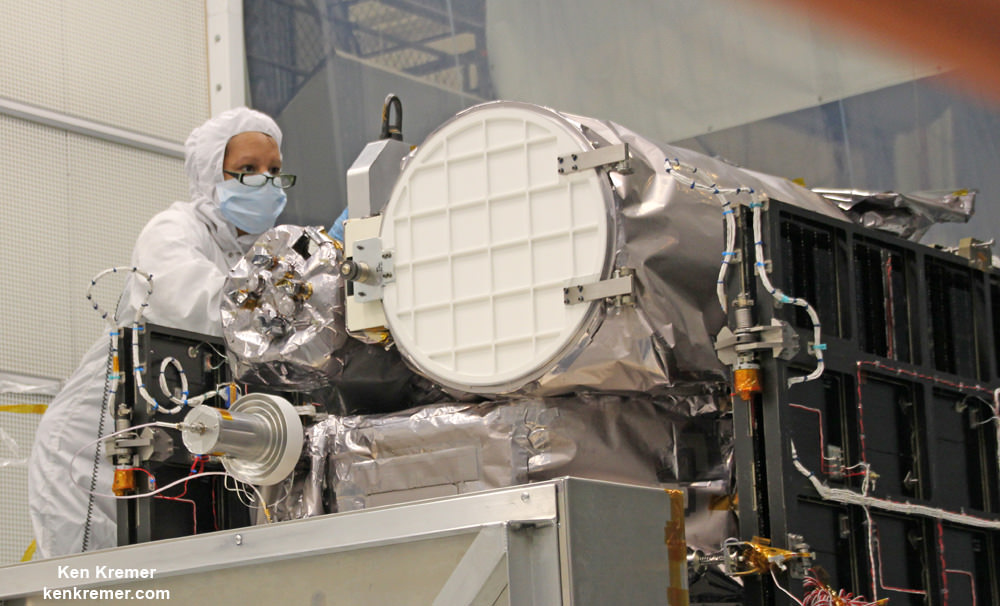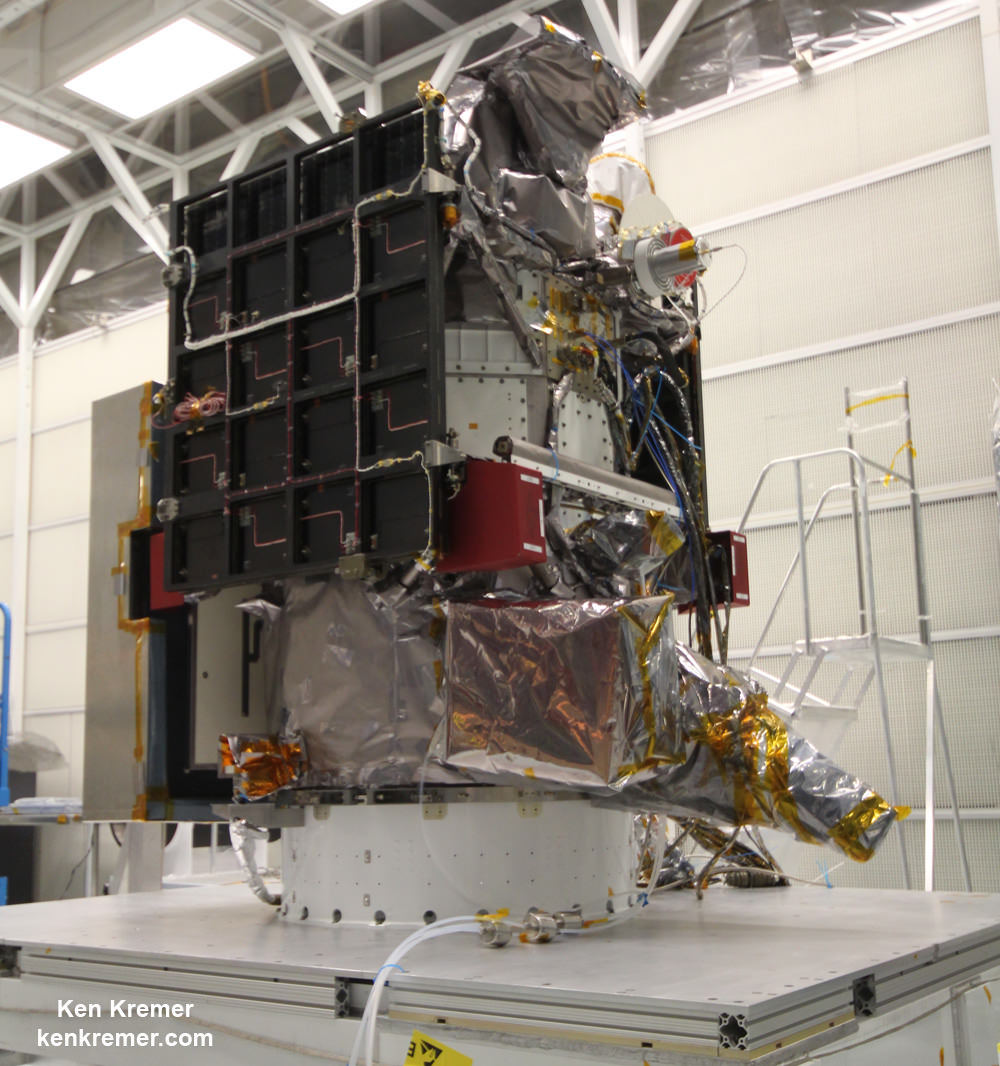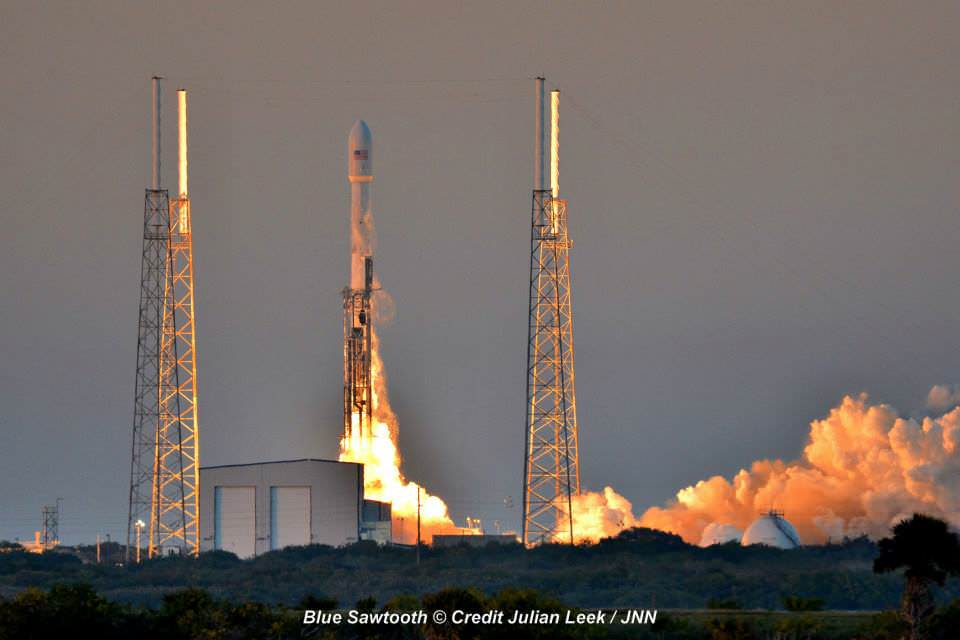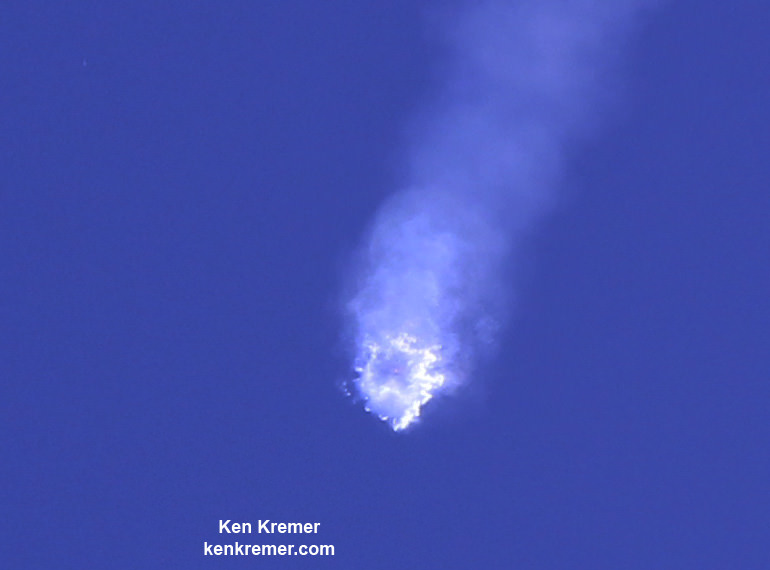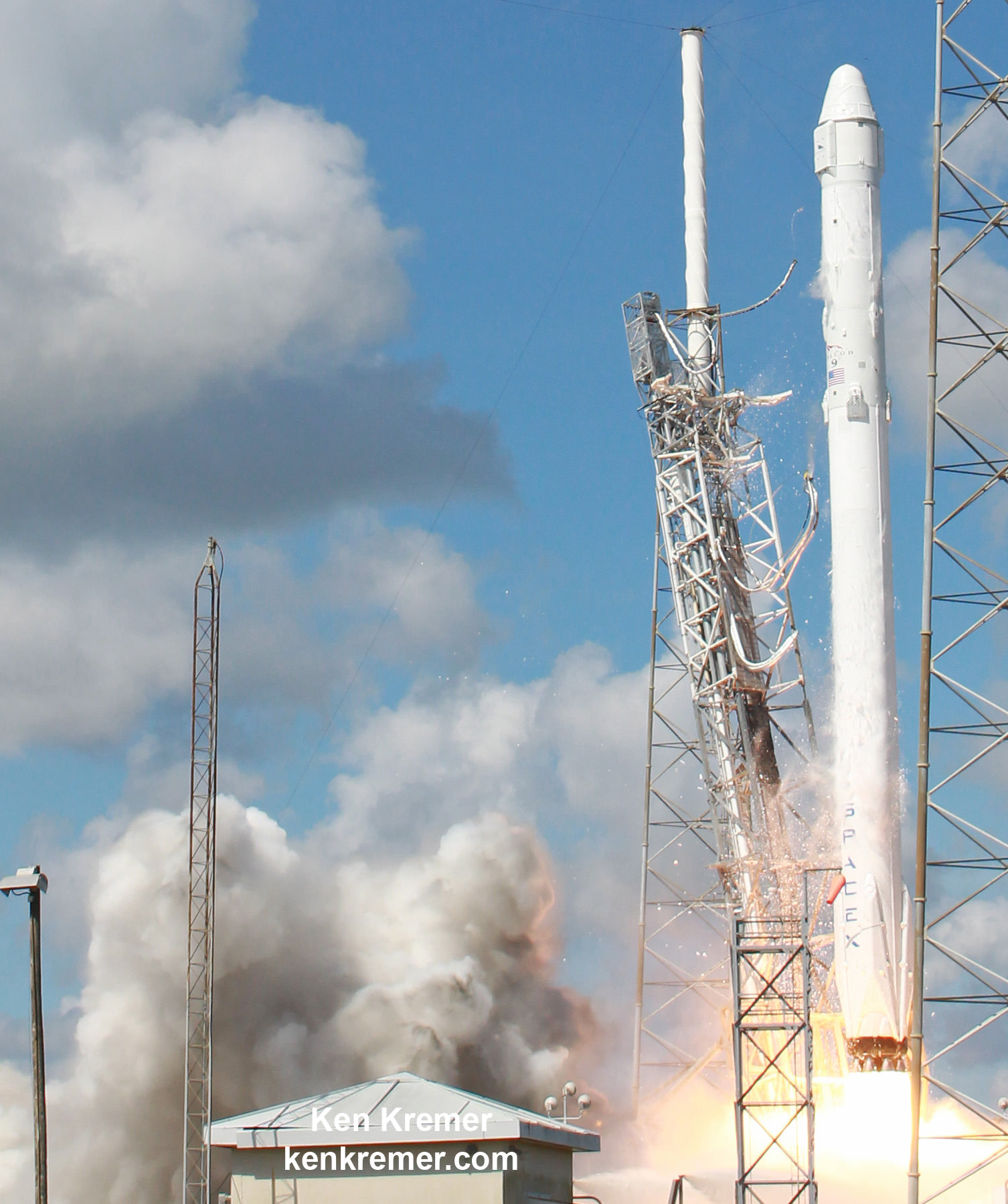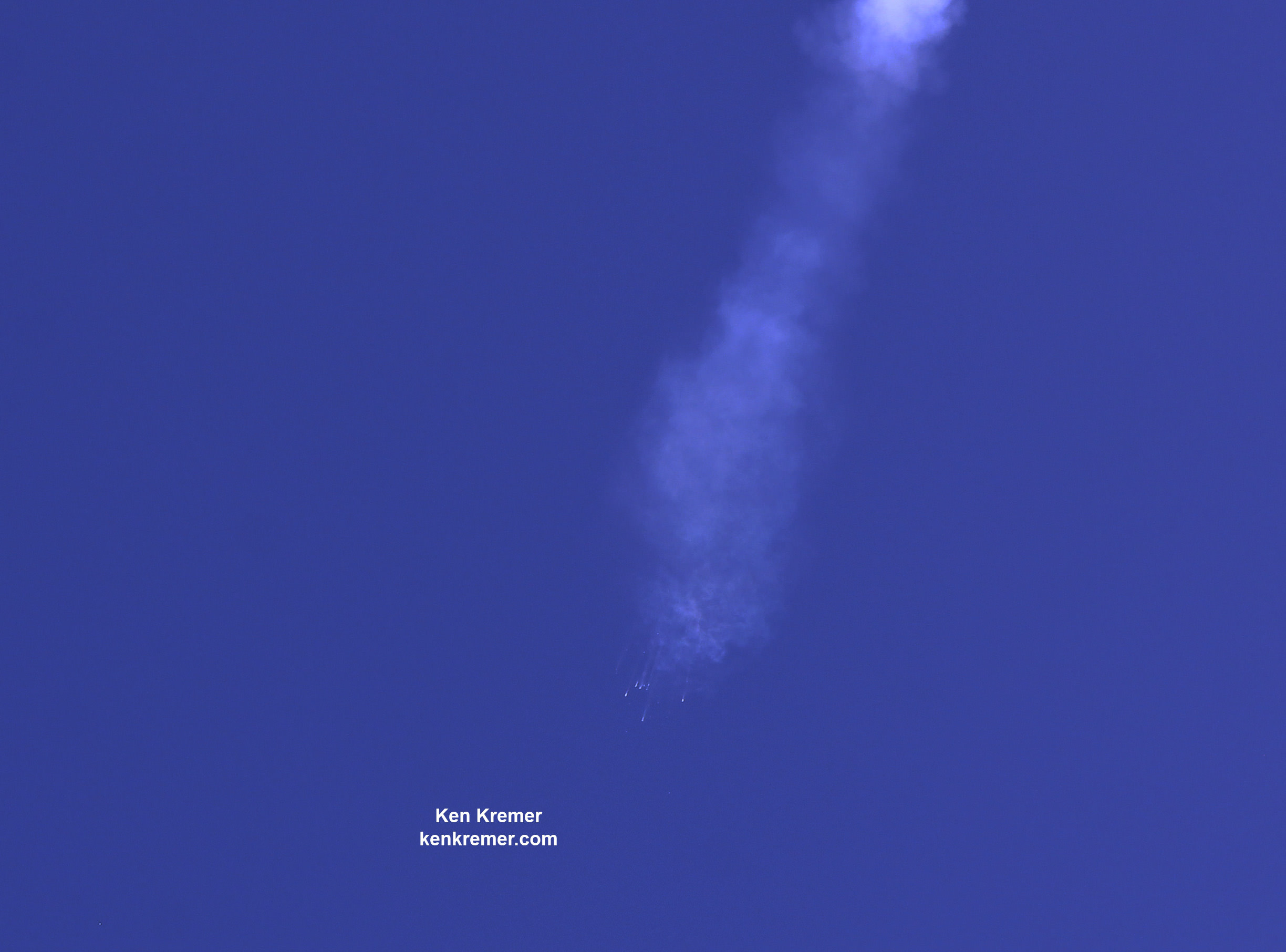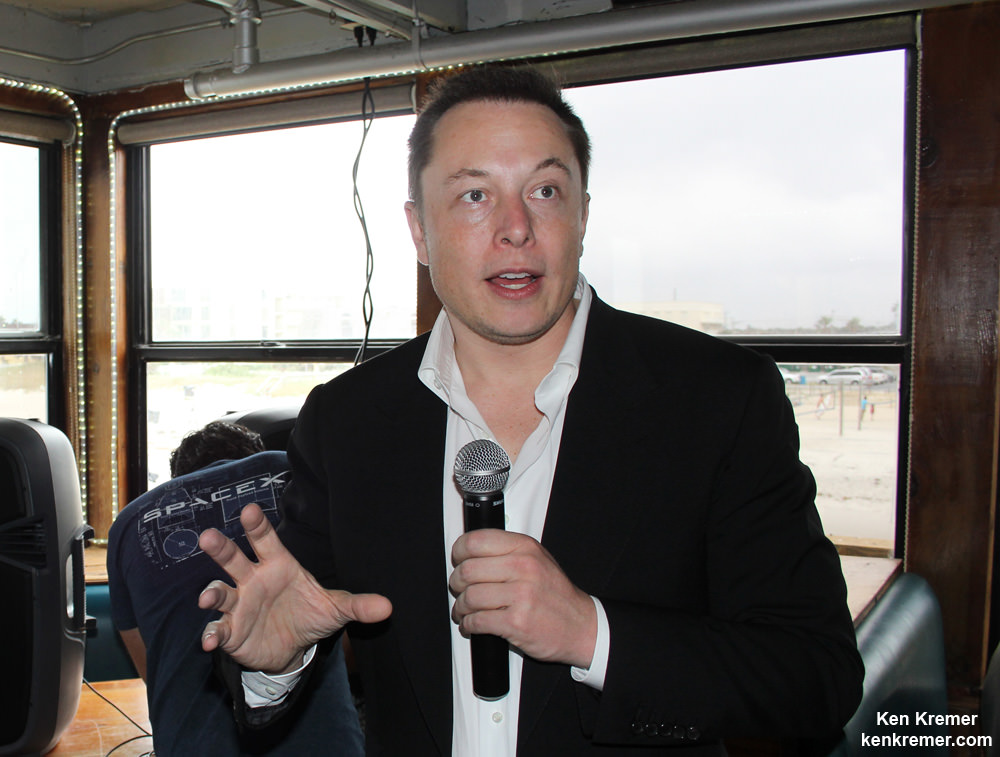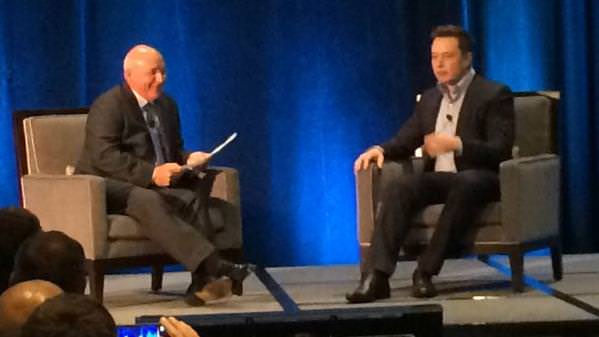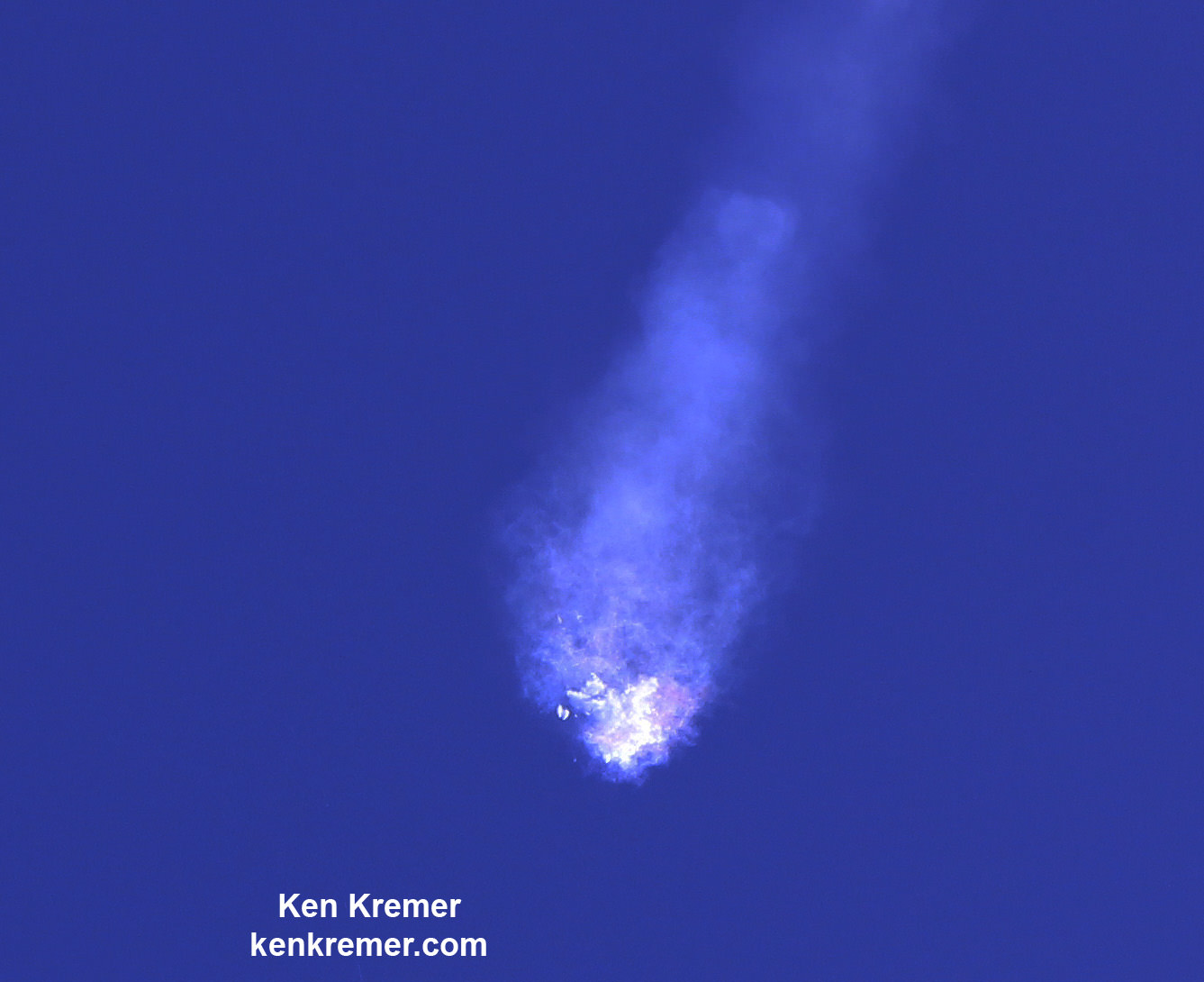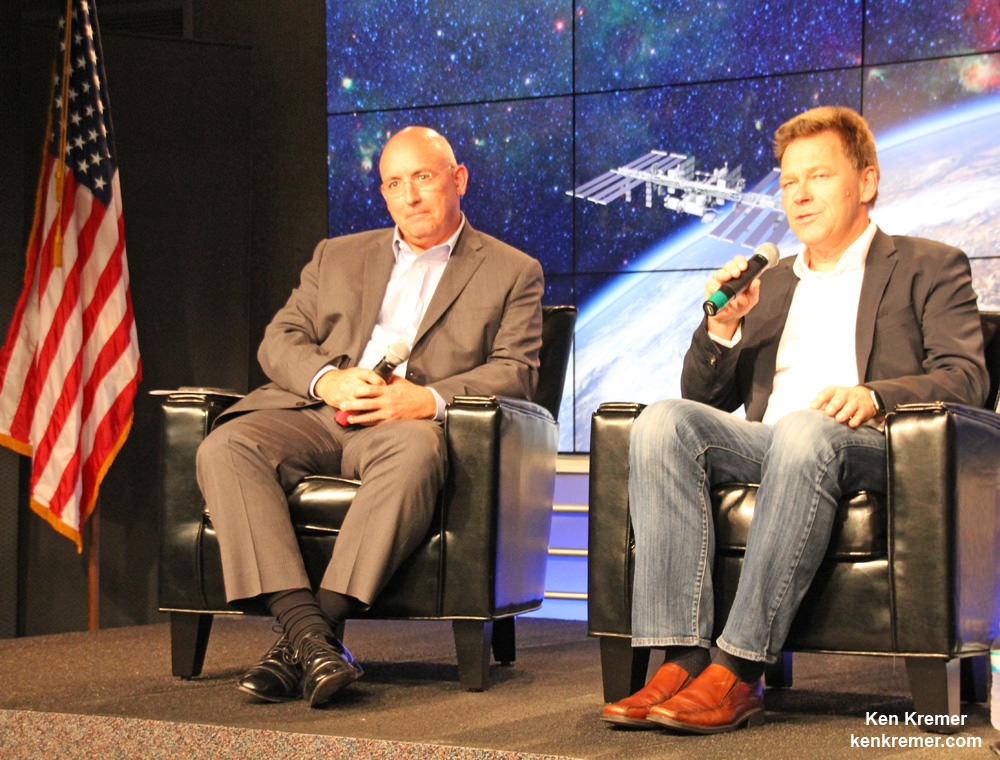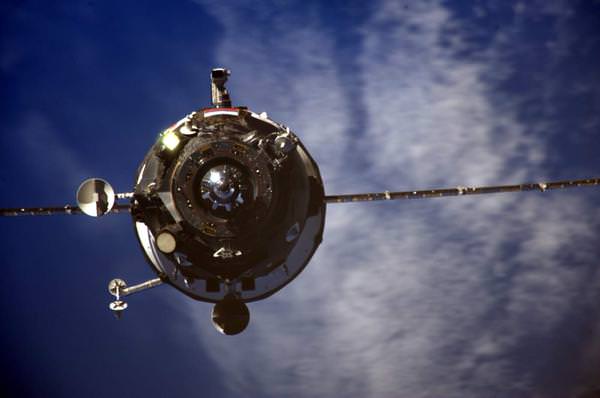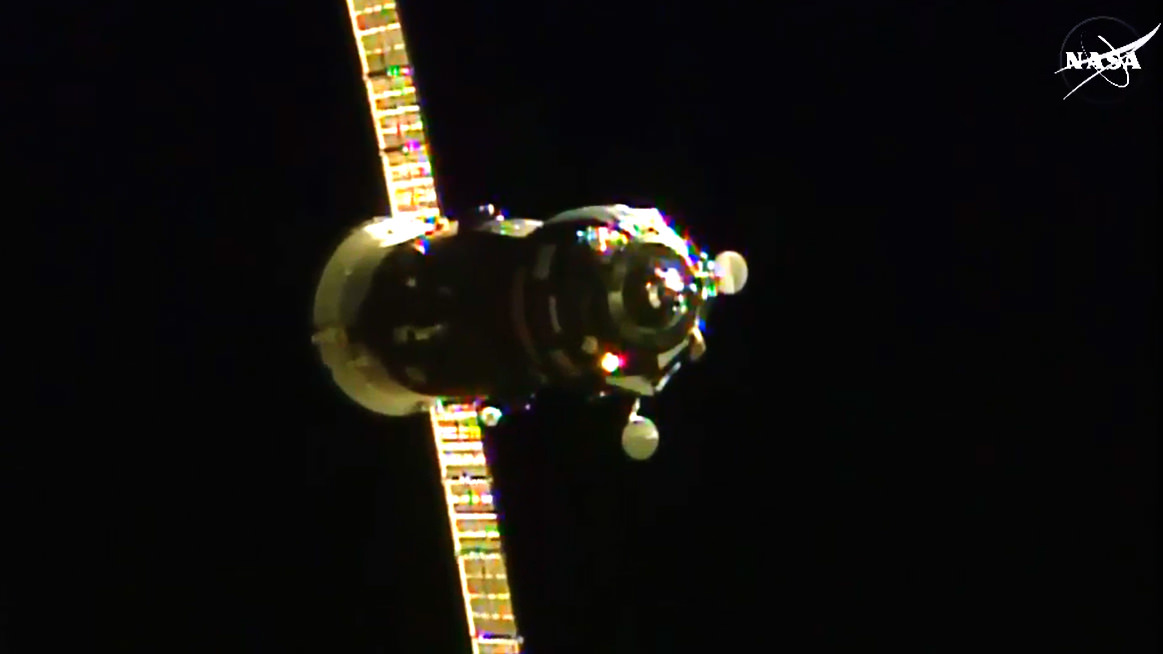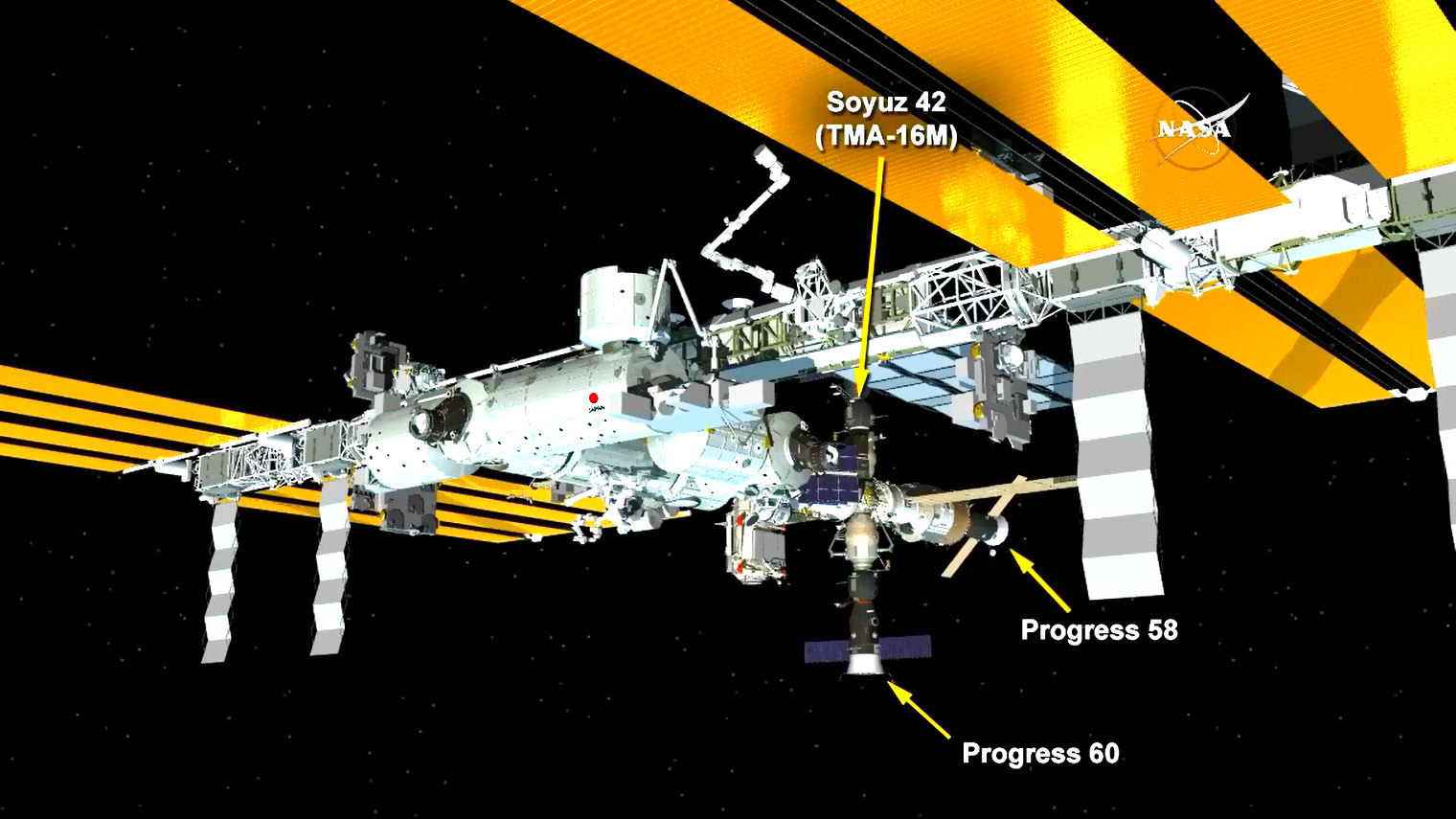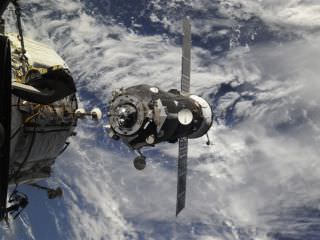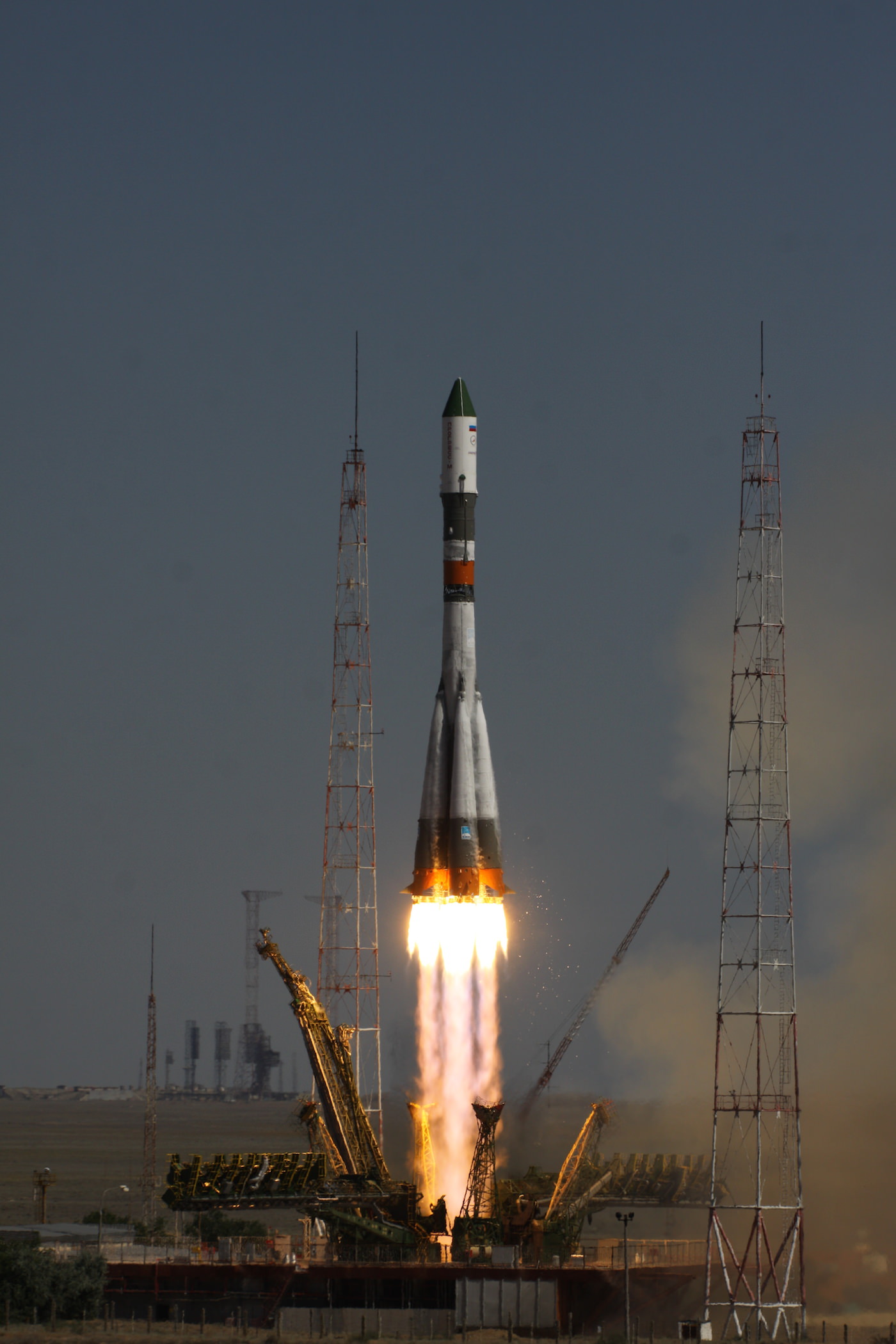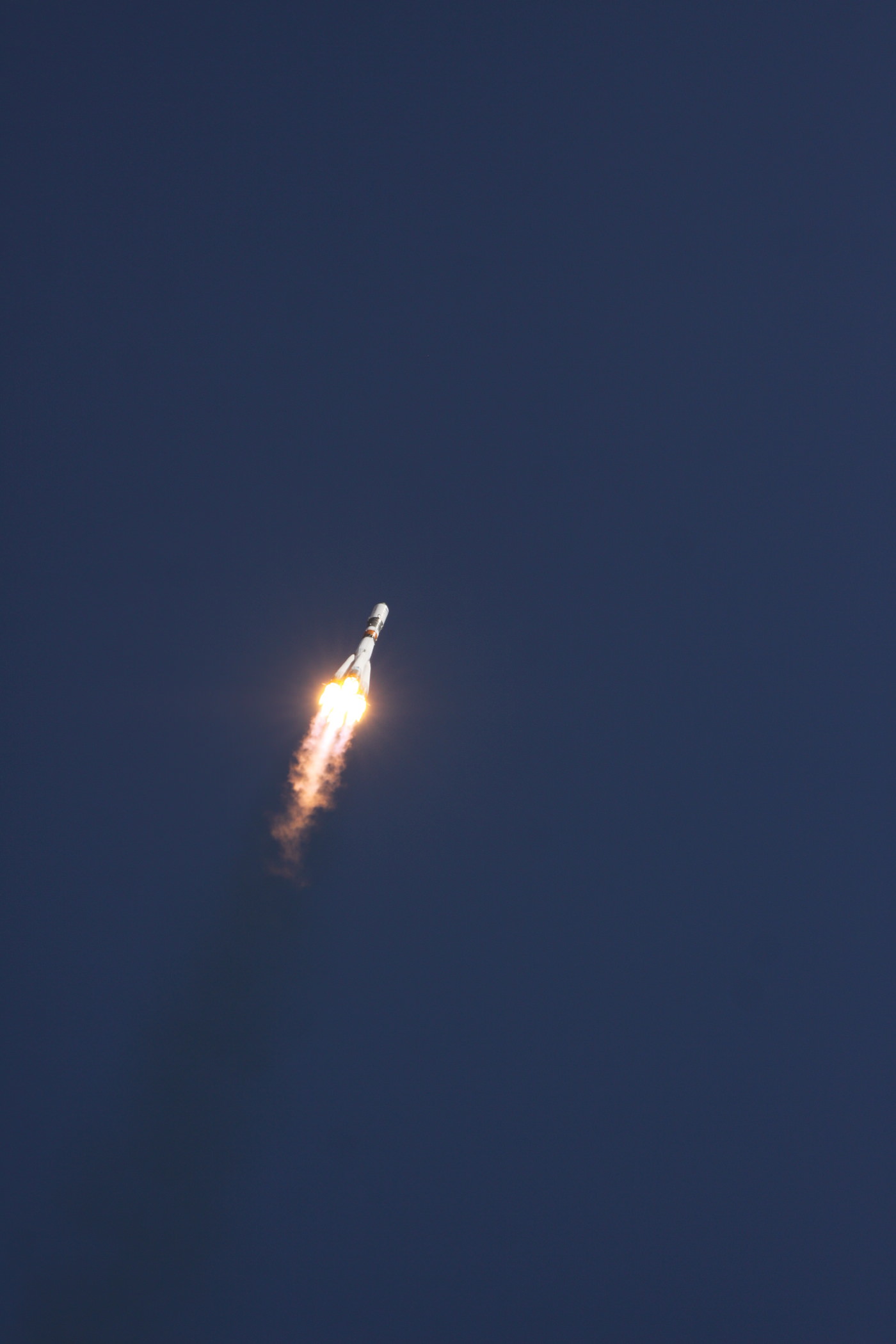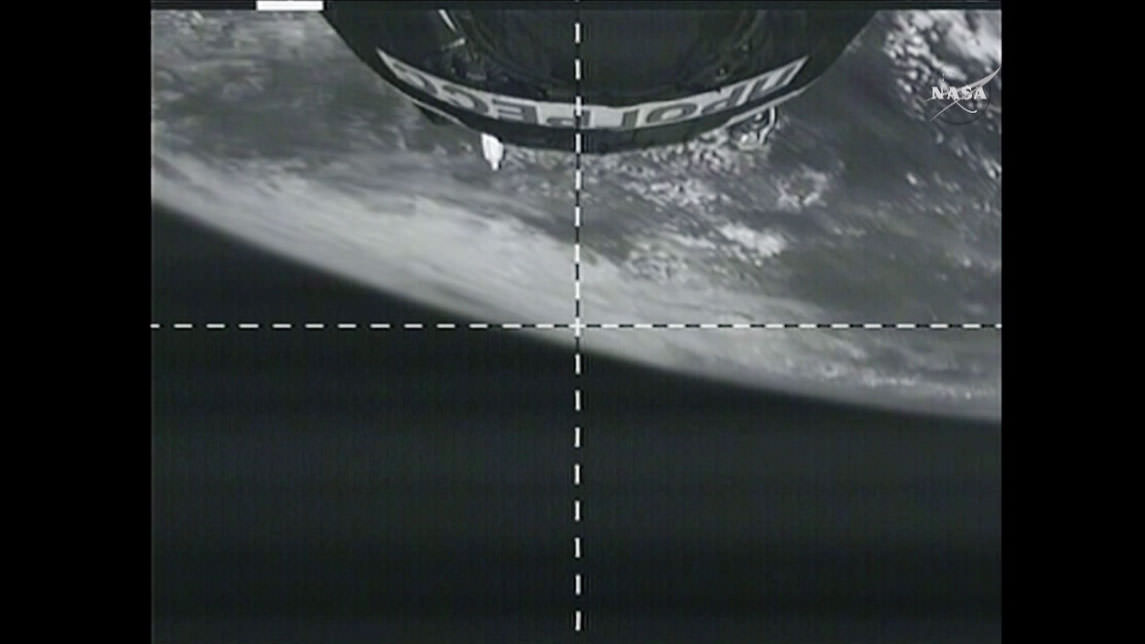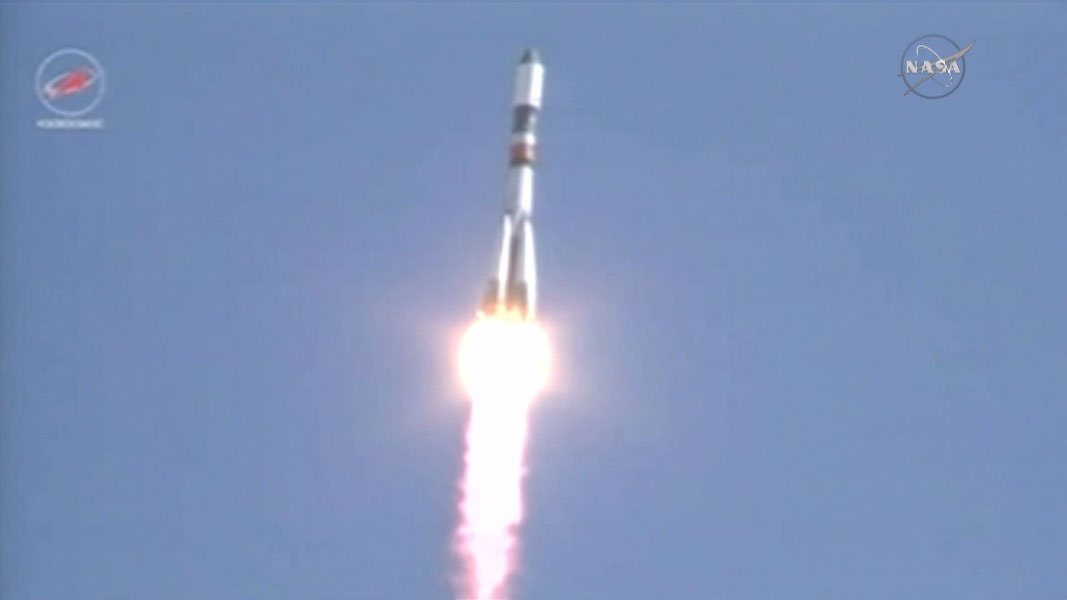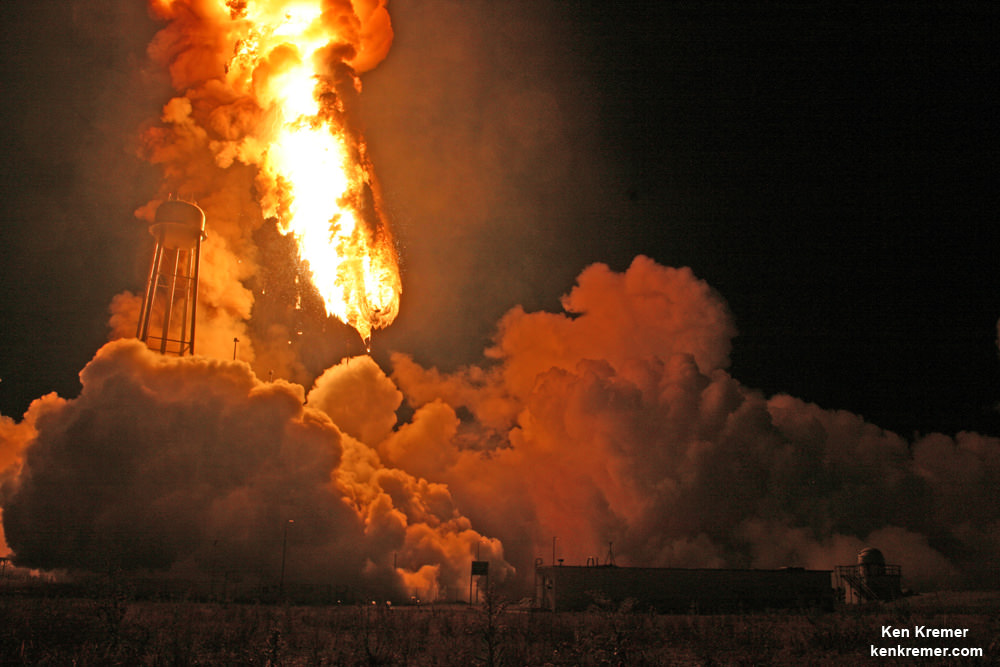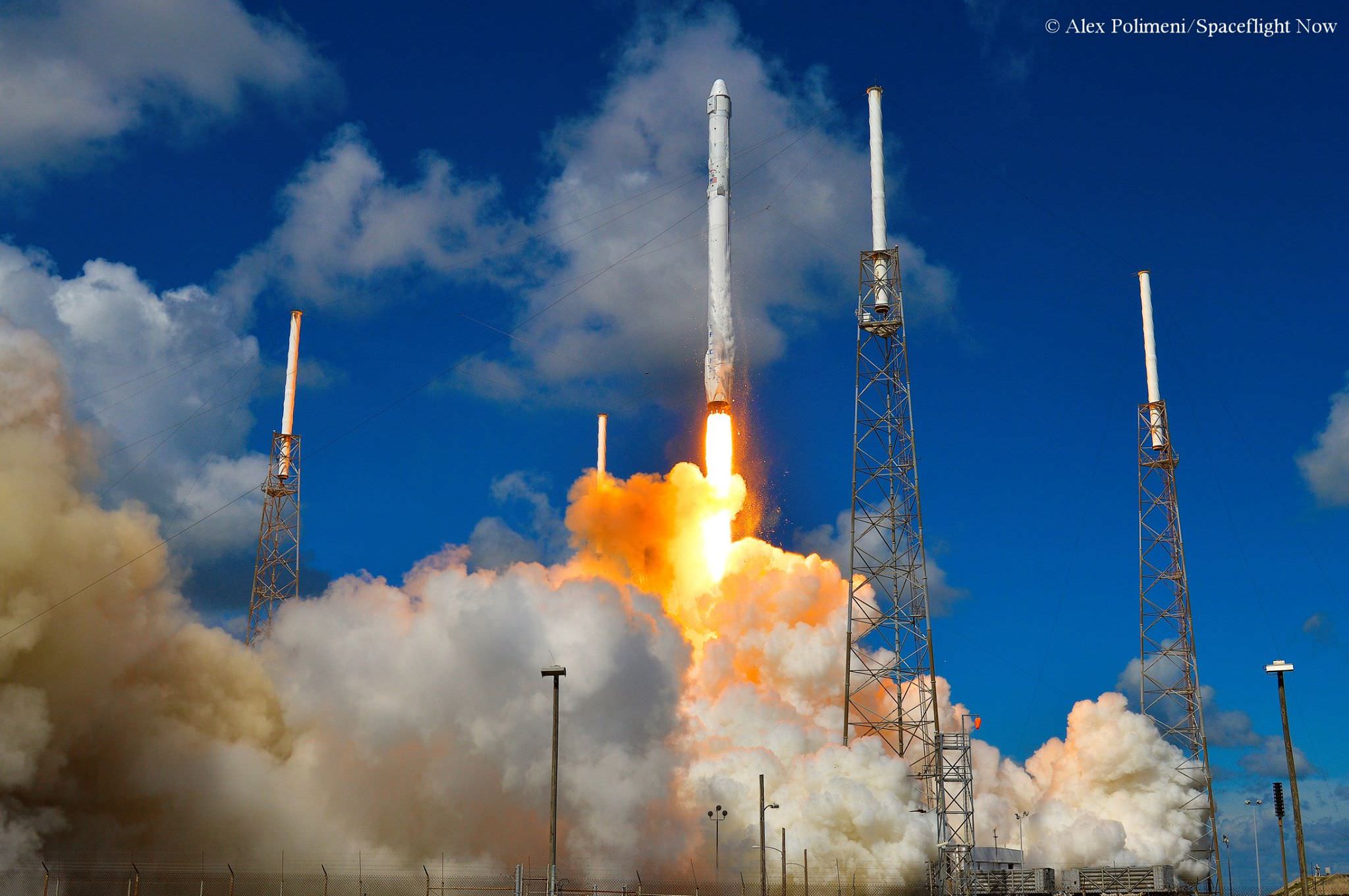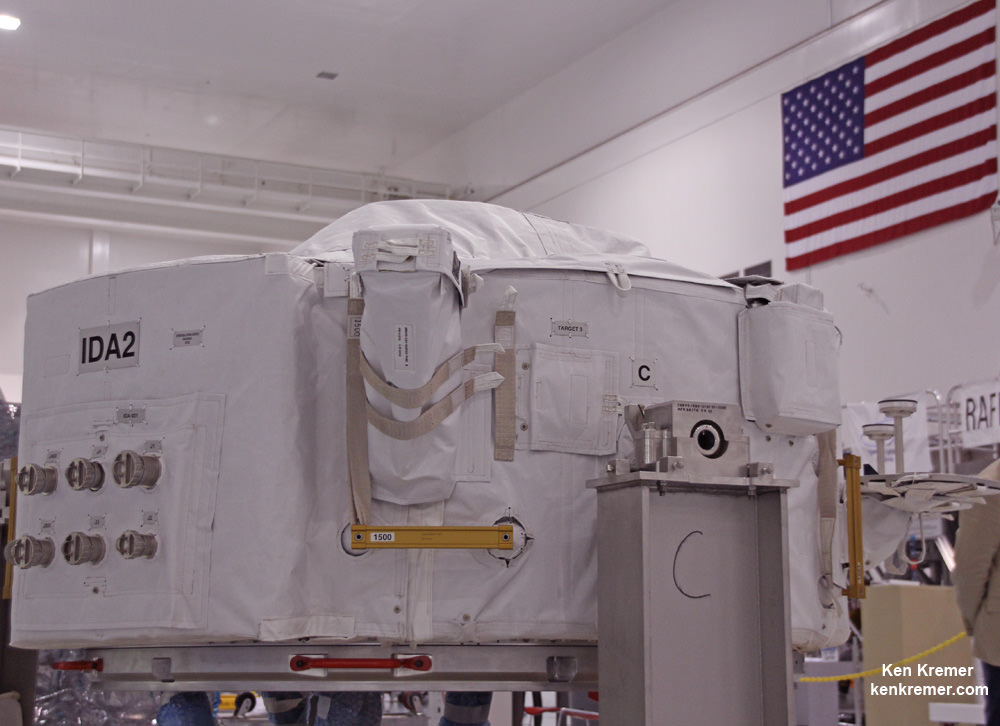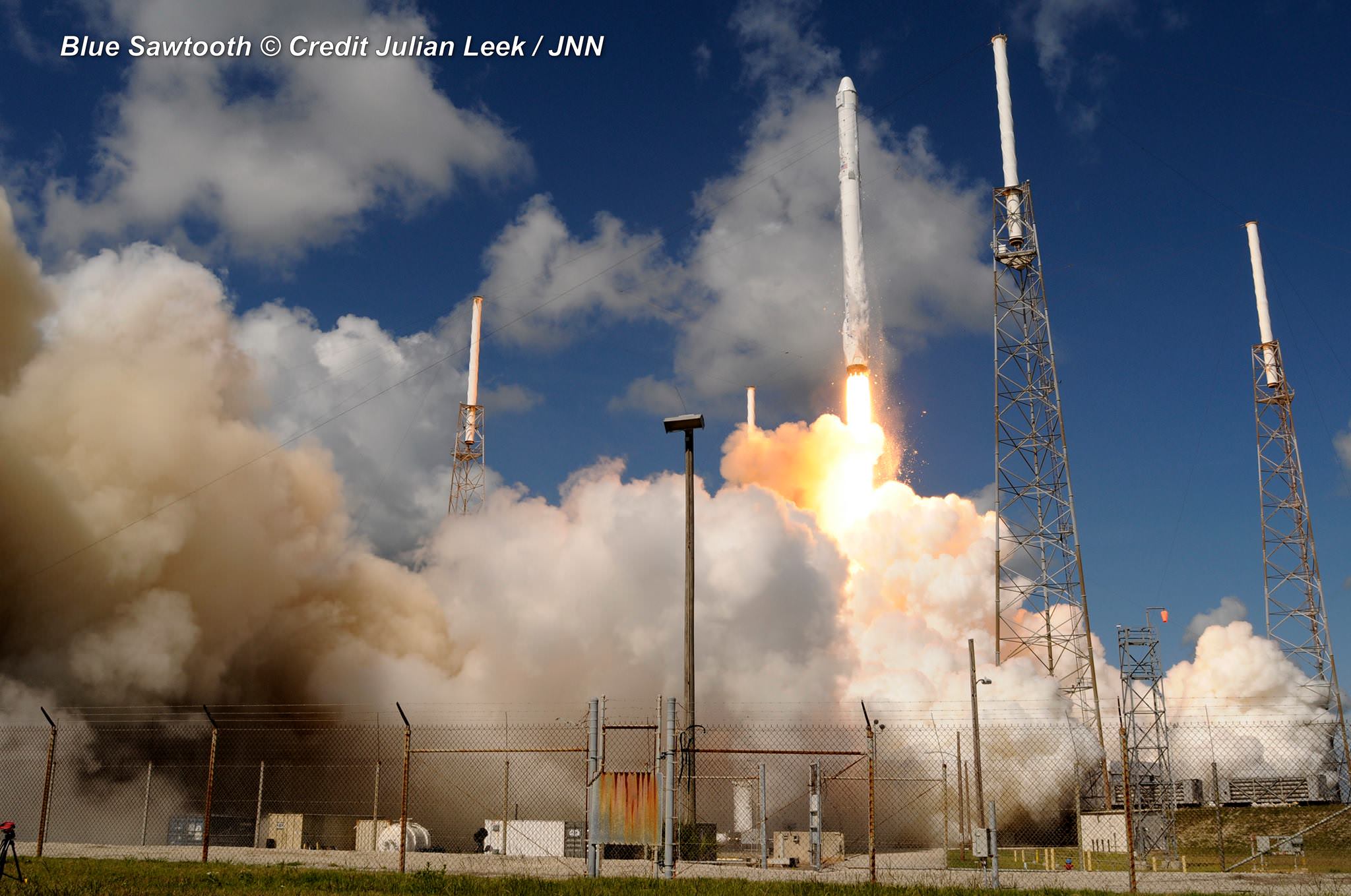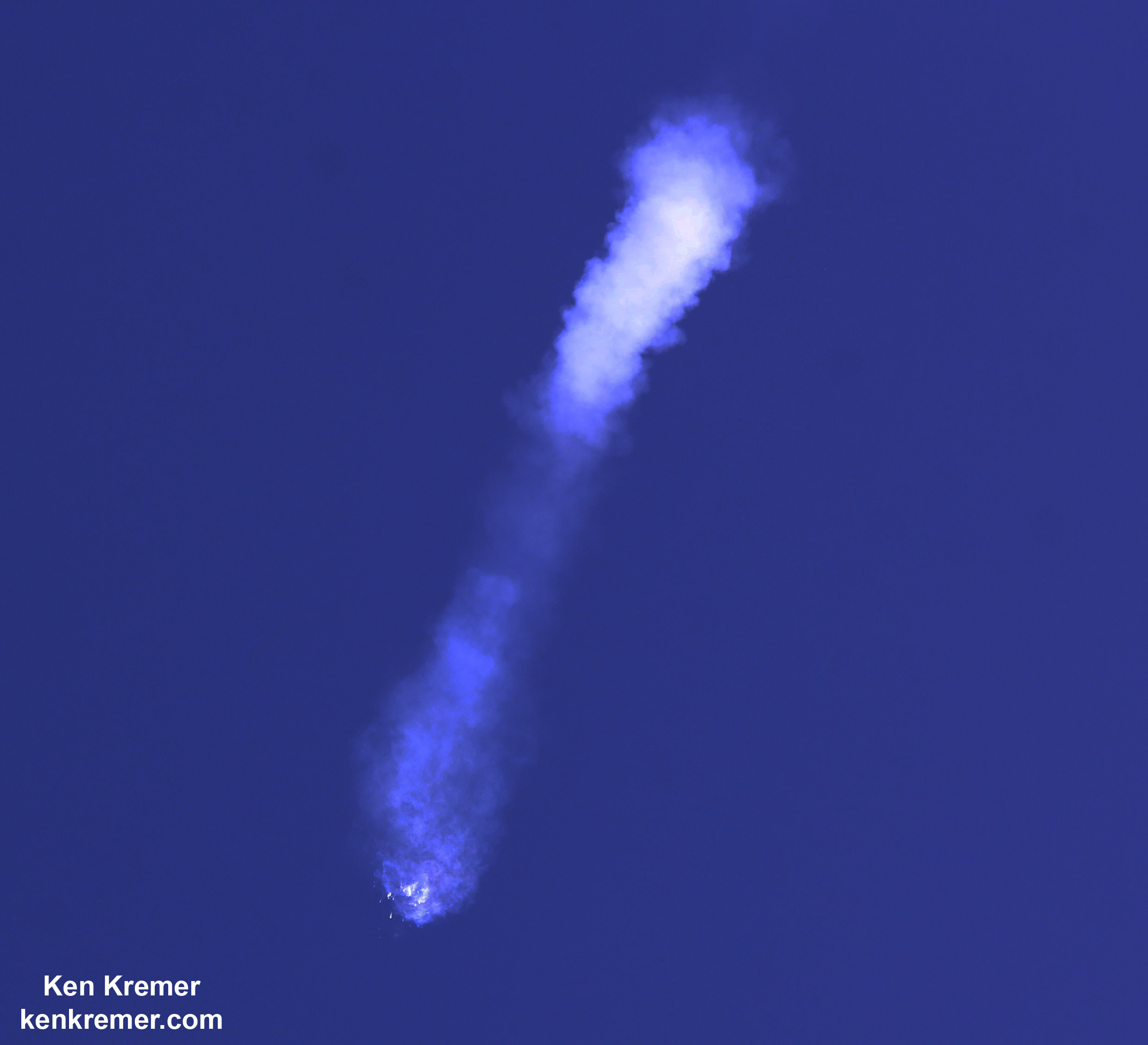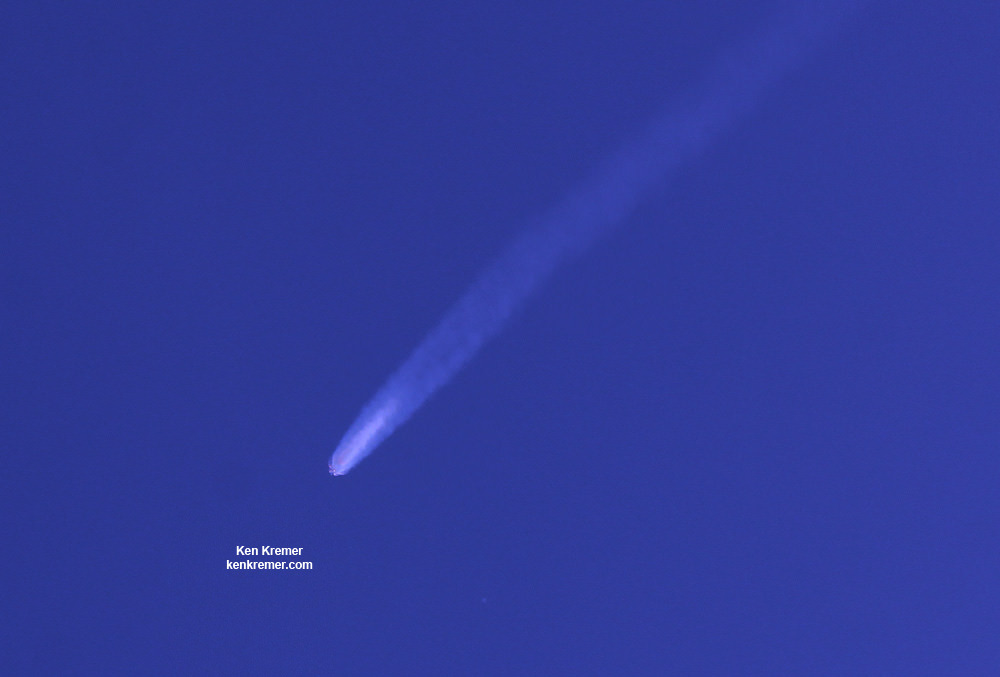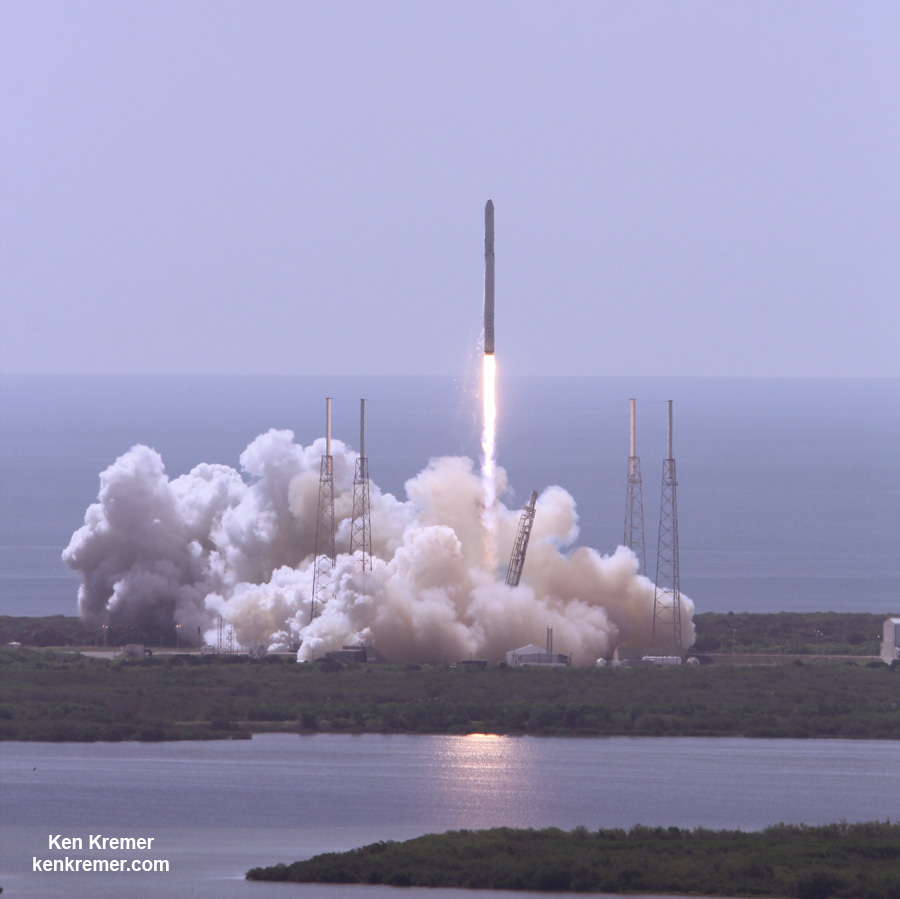In the face of drastic funding cuts by the US Congress to NASA’s commercial crew program (CCP) aimed at restoring America’s indigenous launch capability to fly our astronauts to the International Space Station (ISS), NASA Administrator Charles Bolden is being forced to spend another half a billion dollars for seats on Russia’s Soyuz spacecraft instead of astronaut transport ships built by American workers in American manufacturing facilities.
The end effect of significantly slashing NASA’s Fiscal 2016 commercial crew budget request by both the US Senate and the US House is to tell NASA to ‘Buy Russian’ rather than to ‘Buy American.’
The $490 million of US taxpayer dollars will pay for six astronaut seats on the Soyuz manned capsule in 2018 and 2019 – that are now required due to uncertainty over whether the pair of new crewed transporters being built by Boeing and SpaceX for NASA will actually be available in 2017 as planned.
Furthermore the average cost per seat under the new contract with Russia rises to $81.7 million compared to about $76 million for the most recent contract, an increase of about 7 percent.
In response to the Congressional CCP budget cuts, NASA Administrator Bolden sent a letter notifying Congressional lawmakers about the agency’s new contract modifications with the Russian space agency about future crewed flights to the space station.
“I am writing to inform you that NASA, once again, has modified its current contract with the Russian government to meet America’s requirements for crew transportation services. Under this contract modification, the cost of these services to the U.S. taxpayers will be approximately $490 million,” Bolden wrote in an Aug. 5 letter to the leaders of the House and Senate committees responsible for deciding NASA’s funding.
The budget situation is completely inexplicable given the relentless pressure from Congress, led be Sen. John McCain, on the Department of Defense and US aerospace firm United Launch Alliance (ULA) to stop purchasing and using the Russian-made RD-180 engines for the 100% reliable Atlas V rocket by 2019 – as a way to punish Russian’s President Vladimir Putin and his allies.
Because on the other hand, those same congressional ‘leaders’ clearly have no hesitation whatsoever in putting money into Putin’s allies pockets via the NASA commercial crew account – at the expense of jobs for American workers and while simultaneously potentially endangering the ISS as a hedge against possible Russian launch failures. Multiple Russian and American rockets have suffered launch failures over the past year.
Boeing and SpaceX were awarded contracts by NASA Administrator Bolden in September 2014 worth $6.8 Billion to complete the development and manufacture of their privately developed CST-100 and Crew Dragon astronaut transporters under the agency’s Commercial Crew Transportation Capability (CCtCap) program and NASA’s Launch America initiative.
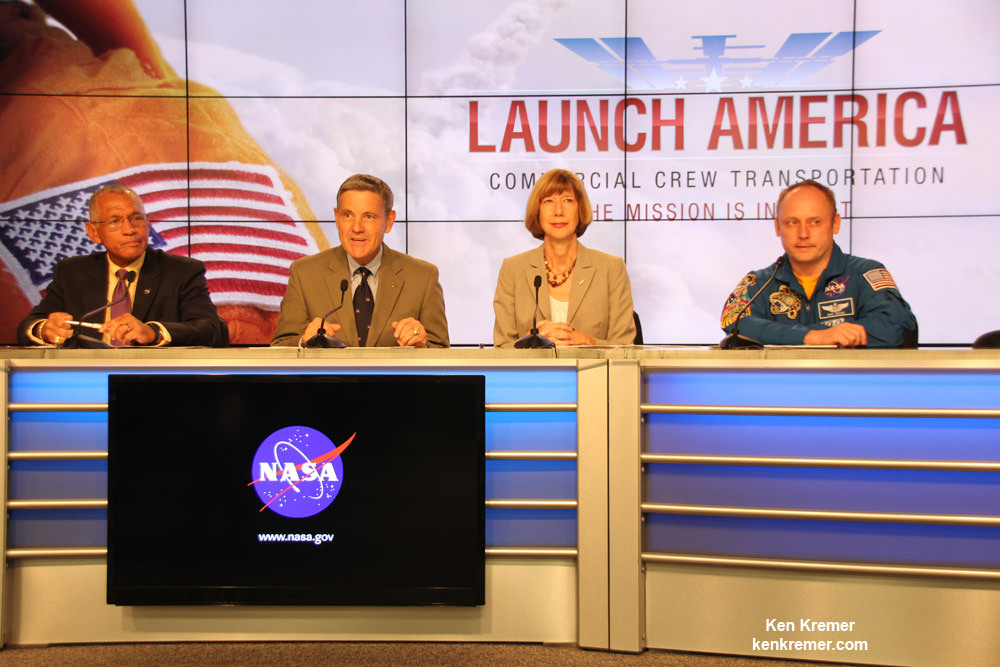
The purpose of CCP is to end our “sole reliance” on the Russian Soyuz capsule and launch US astronauts on US rockets and spaceships from US soil by 2017.
With CCP we would continue to work cooperatively with the Russians to everyone’s benefit – but not be totally dependent on them.
Under NASA’s CCtCAP contract, the first orbital flights of the new ‘space taxis’ launching our astronauts to the International Space Station had been slated to blastoff in 2017. But that schedule was entirely dependent on NASA’s ability to pay both aerospace companies as they made progress on completing the contacted milestones absolutely critical to achieving flight status.
Bolden had already notified Congress in February that the new contract modification would become necessary if Congress failed to fully fund the CCP program to enable the 2017 flights.
Since the forced retirement of NASA’s trio of shuttle orbiters in 2011, all American and ISS partner astronauts have been forced to hitch a ride on the Soyuz for flights to the ISS and back.
“Our plans to return launches to American soil make fiscal sense,” Bolden said recently. “It currently costs $76 million per astronaut to fly on a Russian spacecraft. On an American-owned spacecraft, the average cost will be $58 million per astronaut.”
Instead, the Obama Administrations 2016 request for commercial crew (CCP) amounting to $1.244 Billion was dealt another blow, and slashed to only $900 million and $1.0 Billion by the Senate and House committees respectively.

And this is just the latest in a lengthy string of cuts by Congress – which has not fully funded the Administration’s CCP funding requests, since its inception in 2010.
The budget significant budget slashes amounting to 50% or more by Congress, have already forced NASA to delay the first commercial crew flights of the private ‘space taxis’ from 2015 to 2017.
“Due to their continued reductions in the president’s funding requests for the agency’s Commercial Crew Program over the past several years, NASA was forced to extend its existing contract with the Russian Federal Space Agency (Roscosmos) to transport American astronauts to the International Space Station. This contract modification is valued at about $490 million,” said NASA.
So the net effect of Congressional CCP cuts has been to prolong US sole reliance on the Russian Soyuz manned capsule at a cost to the US taxpayers of hundreds of millions of dollars.
Indeed, given the crisis in Ukraine and recent Russian launch failures, one might think the Congress would eagerly embrace wanting to reduce our total dependence on the Russians for human spaceflight.
“Unfortunately, for five years now, the Congress, while incrementally increasing annual funding, has not adequately funded the Commercial Crew Program to return human spaceflight launches to American soil this year, as planned,” Bolden’s letter explains.
“This has resulted in continued sole reliance on the Russian Soyuz spacecraft as our crew transport vehicle for American and international partner crews to the ISS.”
“In 2010, I presented to Congress a plan to partner with American industry to return launches to the United States by 2015 if provided the requested level of funding.”
So if Congress had funded the commercial crew program, the US would have launched its first human crews on the CST-100 and crew Dragon to the ISS this year – 2015.
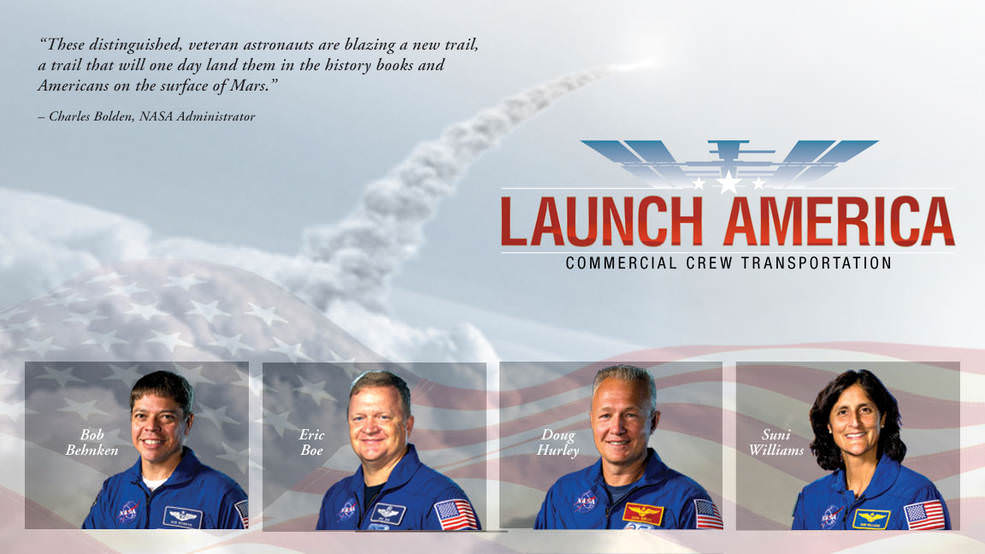
Bolden also repeated his request to work with the leaders of Congress in the best interests of our country.
“I am asking that we put past disagreements behind us and focus our collective efforts on support for American industry – the Boeing Corporation and SpaceX – to complete construction and certification of their crew vehicles so that we can begin launching our crews from the Space Coast of Florida in 2017.”
Currently, both Boeing and SpaceX are on track to meet the 2017 objective – but only if the CCP funds are restored.
Otherwise the contracts will have to be renegotiated and progress will be severely reduced – all at added cost. Another instance of pennywise and pound foolish.
“Our Commercial Crew Transportation Capability (CCtCap) contractors are on track today to provide certified crew transportation systems in 2017,” says Bolden.
“Reductions from the FY 2016 request for Commercial Crew proposed in the House and Senate FY 2016 Commerce, Justice, Science, and Related Agencies appropriations bills would result in NASA’s inability to fund several planned CCtCap milestones in FY 2016 and would likely result in funds running out for both contractors during the spring/summer of FY 2016.”
“If this occurs, the existing fixed-price CCtCap contracts may need to be renegotiated, likely resulting in further schedule slippage and increased cost.”
Overall, it’s just a terrible state of affairs for the future of US human spaceflight, as Congress once again places partisan politics ahead of the interests of the American people.
The fact is that the commercial crew space taxis from Boeing and SpaceX are the fastest, cheapest and most efficient pathway to get our astronaut crews to the Earth orbiting space station and back.
Common sense says we must restore our independent path to the ISS – safely and as quickly as possible.
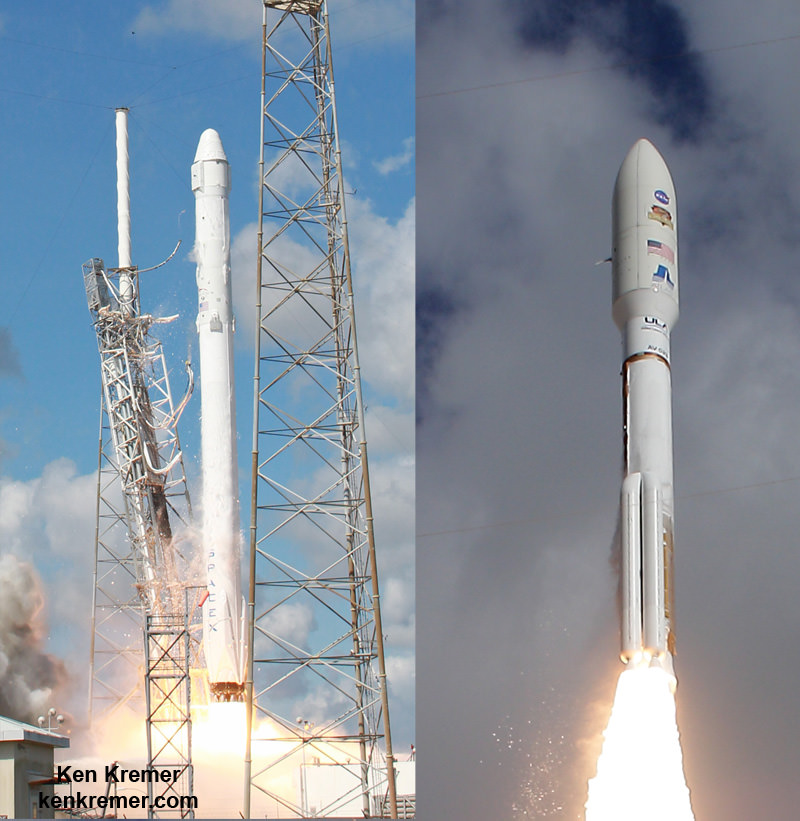
Stay tuned here for Ken’s continuing Earth and planetary science and human spaceflight news.


